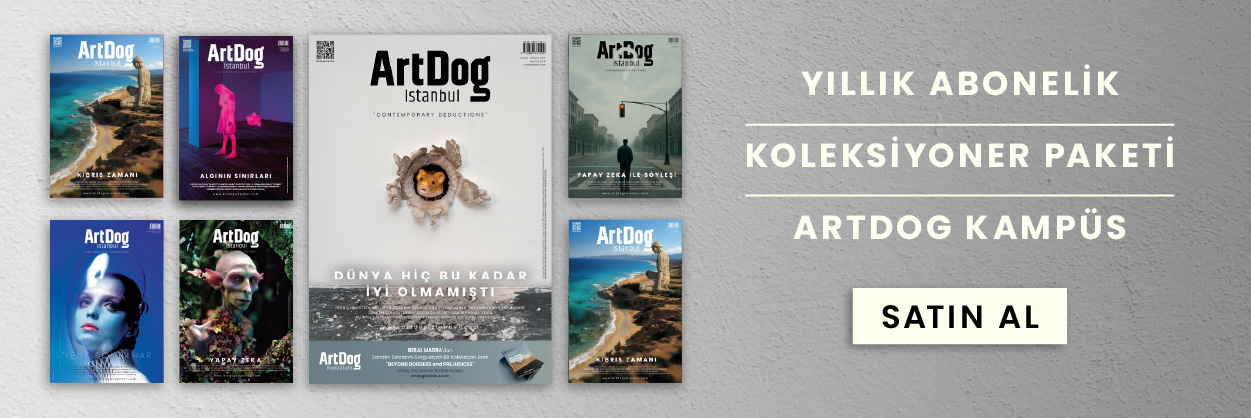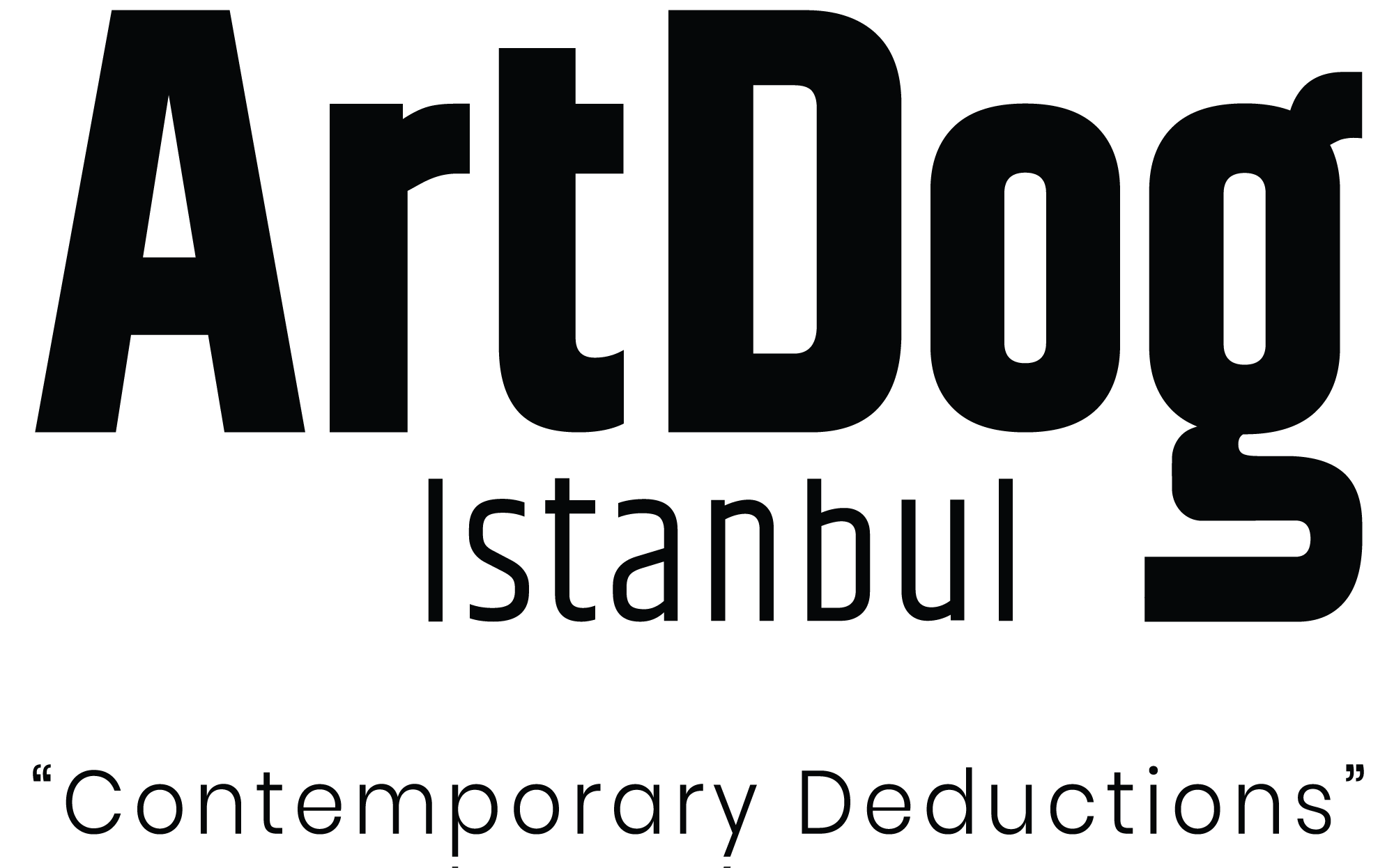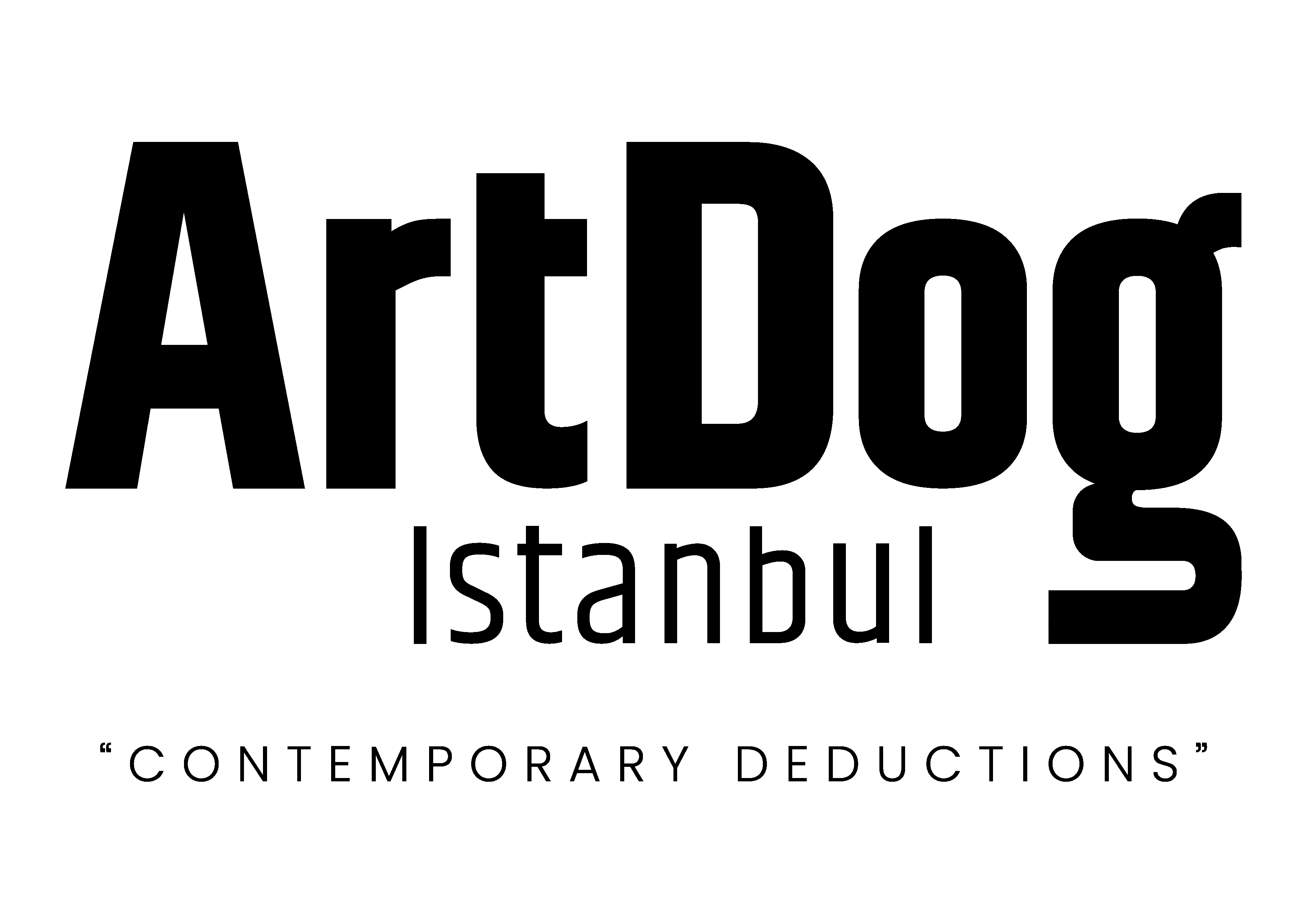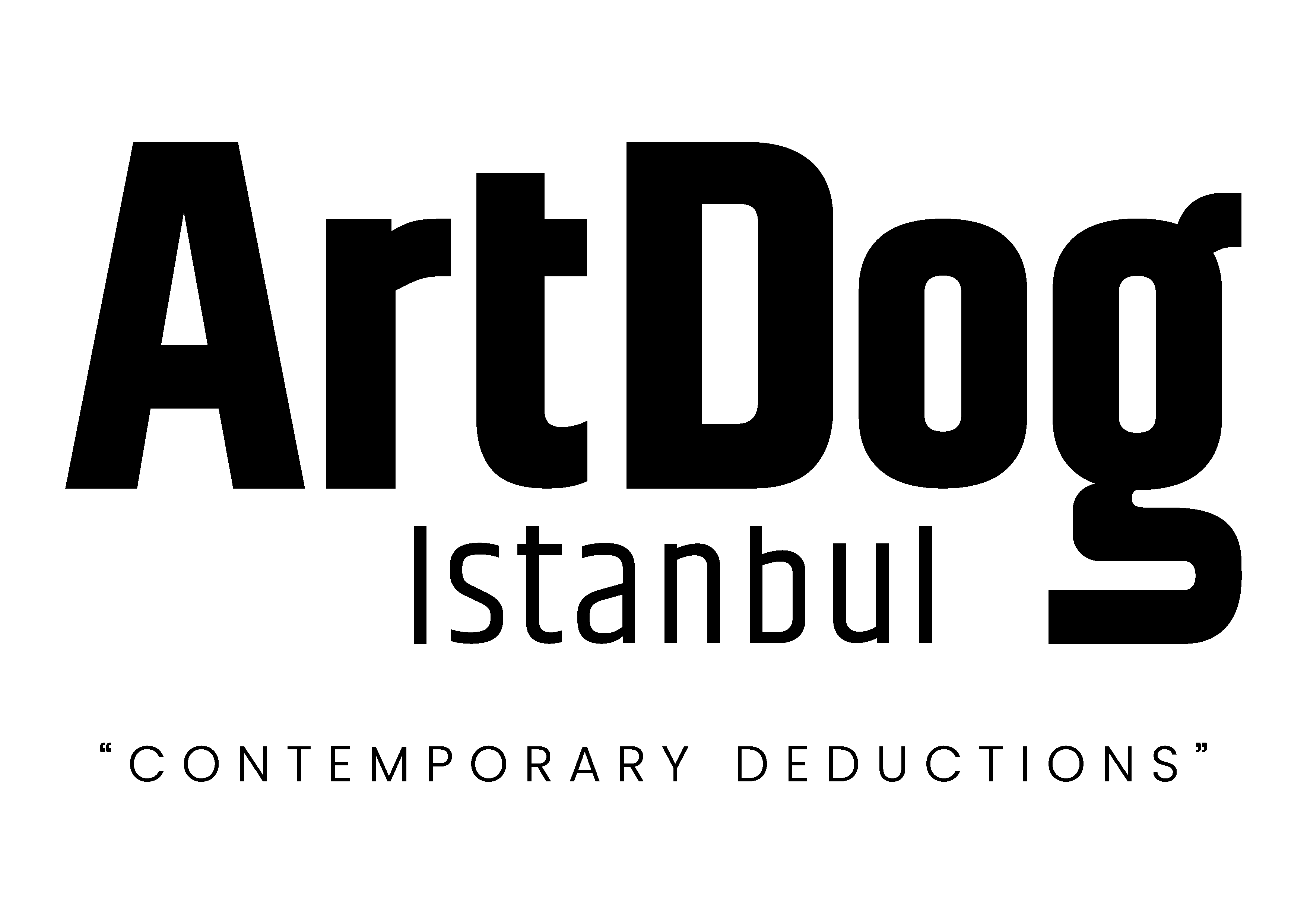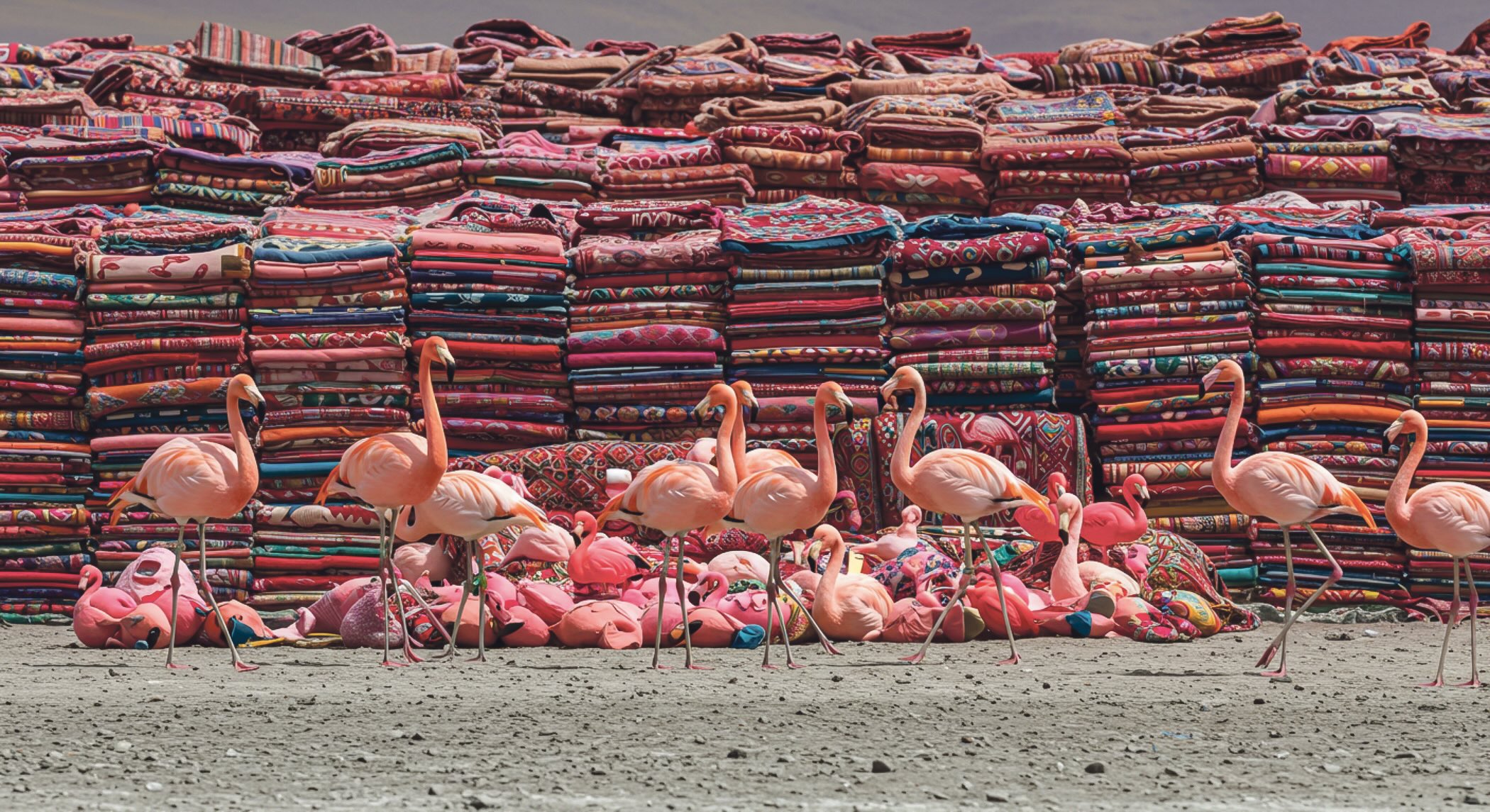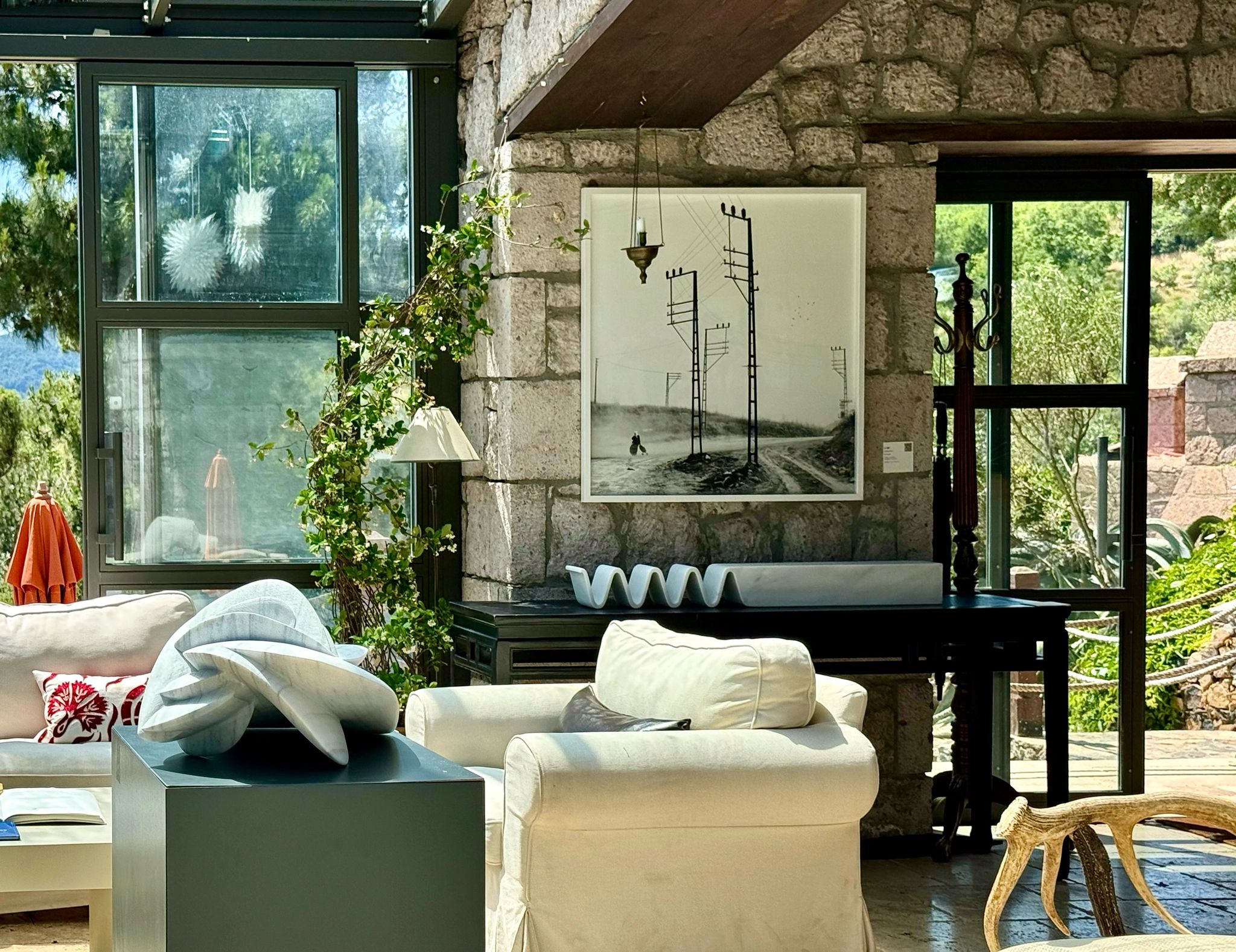A total of 72 artists from 27 countries are participating in Bienal SACO 1.2. While artists come from Chile, Turkey, Brazil, Argentina, Colombia, Poland, Iran, Norway, Germany, Belgium, Spain, Italy, Slovakia, New Zealand, Lithuania, Paraguay, Uruguay, Ecuador, El Salvador, Mongolia, South Korea, Denmark, Canada, Russia, Austria, Switzerland, and the Netherlands, the majority are, of course, from Chile. This diversity reveals how Bienal SACO 1.2 contributes not only to the local dynamics of Antofagasta but also to the global art discourse. SACO literally functions as a desert laboratory, bringing together intercontinental collaborations and multidisciplinary productions.
Dagmara Wyskiel
How has organizing a biennial in a desert city like Antofagasta, surrounded by geographical and social boundaries, transformed you? How would you describe the influence of this unique context on your curatorial approach?
Dagmara Wyskiel: Creating and organizing a biennial held every two years in the driest desert on the planet, which is also the world capital of copper and lithium mining as well as an astronomy center, shifted the focus of my curatorial work towards places that do not traditionally exist in art and regions marked by absence. In this location—far from the main highways of international art careers, practically a bus stop—I am building a meeting and connection place with the universe, science, and ourselves under the clearest skies on earth. Facing the lack of institutions dedicated to art education, preservation, and circulation in northern Chile, I learned to do more than organize exhibitions: to adapt temporary spaces, provide education, create media, manage resources, and archive processes and artworks. We designed an organic format addressing many gaps and democratizing access to art in this context. The de-elitization of contemporary art became a paradigm, and accessibility became a curatorial and practical goal.
Sonia Rammer
How did producing work in the context of the biennial in Antofagasta affect you? How would you describe the impact of this unique setting on your artistic approach?
Sonia Rammer: During my residency at the Instituto Superior Latinoamericano de Arte (Antofagasta, 2024), my main artistic activity, video performance, took place in a region of great historical and emotional significance. The old saltwater mines, or Ghost Towns, testify to the economic power of northern Chile and carry the bloody traces of the Pacific War (1879-1884) between Chile, Bolivia, and Peru. They are also witnesses to slave labor, which is often idealized and omitted when discussing the mines’ heyday. I placed the character I created in this context. Inspired by the Fabian lizard species native to the Atacama, this character is a hybrid of human and animal. “It” (Spanish: Eso) wanders various parts of the desert in search of a suitable biome to live. In the open desert, near salt pits, the creature feels at home but is forced to migrate due to human environmental destruction. “It” thus arrives at the Ghost Towns. The creature’s behavior around the saltpeter mining remains reflects my subjective feelings about this place, connected to historical knowledge. For example, workers were once paid only with tokens usable at a store in the mining town, binding them there. Therefore, “It” is trapped in the architecture, unable to escape, dominated by a feeling of confinement and repetitive movement. My artistic decisions during recording were connected to the desert’s climate; I filmed in the peak summer heat at midday because the wind was minimal and the light was ideal. I was completely alone, which allowed me to connect with the place, experience it, imagine the past, without disturbances like speaking to camera assistants. Atacama’s story is complex and multi-layered, not only about modern lithium mining but also about mining tradition, the fate of both indigenous Lickanantay and immigrants, and finally about the fate of all biological beings—including lizards and microalgae—affected by human actions. I hope my work highlights some of these issues allegorically.
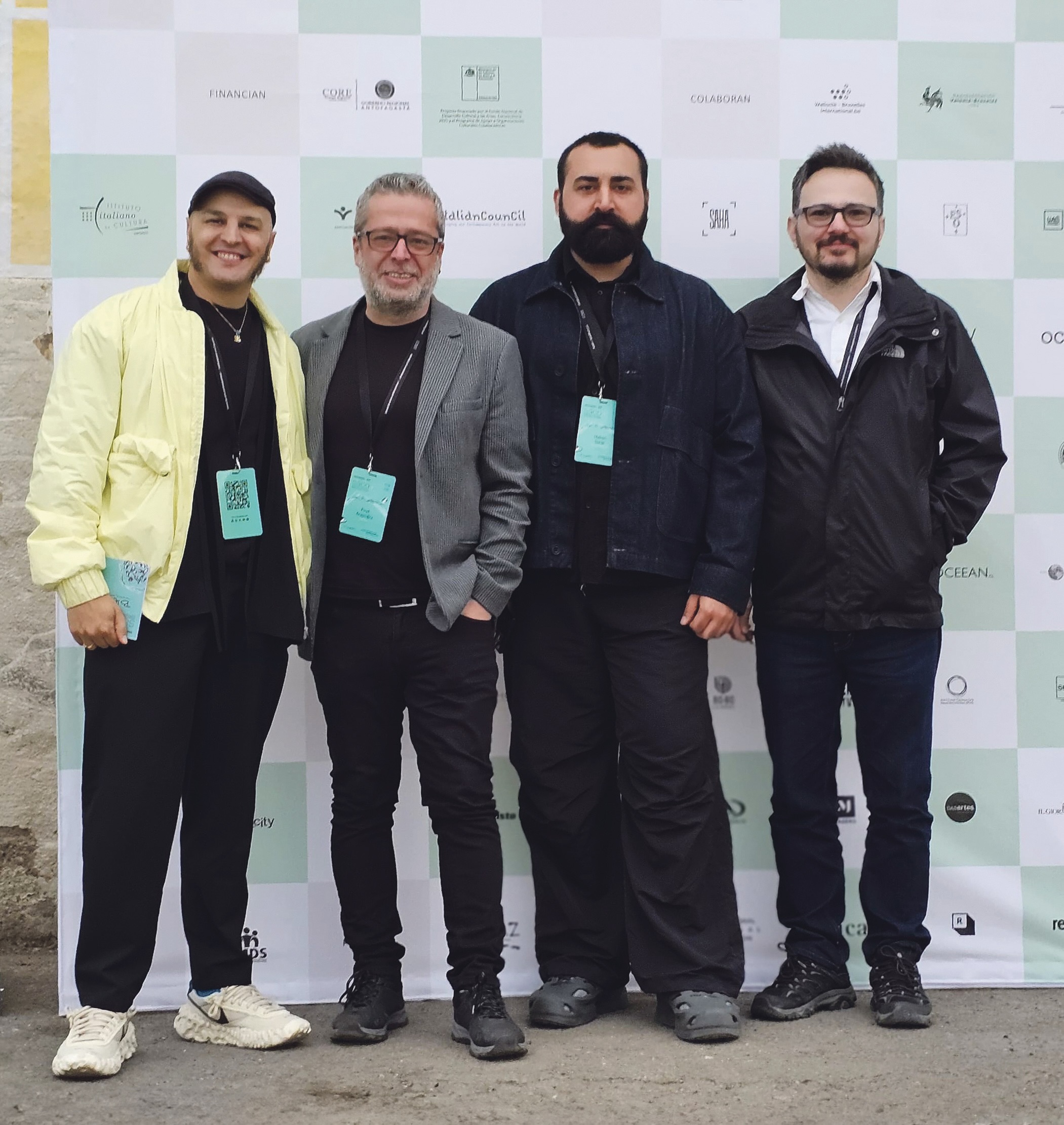
Hakan Sorar and Mustafa Avcı.
Salomé Restrepo
How did producing work in the context of the biennial in Antofagasta affect you? How would you describe the impact of this unique setting on your artistic approach?
Salomé Restrepo: Producing work in a biennial like SACO presents challenges from the start, especially due to the region’s characteristics: distances, geographical conditions, and limited access to materials normally found in big cities. I felt this where I stayed. There was no workshop-like space; the creative space was the city itself, with its imposing landscape and deep issues like migration, mining, and uprooting. Seeing the internal and external migration dynamics I witnessed in Colombia also strongly manifested in Antofagasta shocked me. Witnessing so many people migrating in search of a better future, and the fact that many of these dreams end in disappointment or rejection, deeply moved me. This was a theme I had worked on before, but being in Antofagasta opened doors to new ways of thinking about art. I realized that some dynamics of contemporary art allow for deeper connections to social and political contexts, and that not everything has to follow traditional or commercial routes. Sometimes the strongest thing is experience.
Working in the desert was very inspiring. It was unfamiliar to me. There were moments when you could see nothing for miles, but at the same time so much was happening—so many hidden stories: human trafficking, sex work, extreme weather conditions. All these coexist with silence and dust.
For me, there is a before and after Antofagasta. First, as a young artist, exchanging ideas with creatives from around the world was a valuable opportunity. Second, I reaffirmed that art can blur boundaries and that political and social issues are everywhere, not only in Latin America but also in Europe, Asia, Africa, and Oceania. Beyond data or statistics in reports, I saw that art has the capacity to show the humane, individual, and sensitive. This was perhaps the strongest experience I had throughout the process—from the residency program to the biennial exhibition.
Ahmet Rüstem Ekici & Hakan Sorar
How did producing work in the context of the biennial in Antofagasta affect you? How would you describe the impact of this unique setting on your artistic approach?
AR & HS: Being in Antofagasta for the SACO Biennial made us reinterpret a fundamental question in our artistic practice: What is surface, and what are the potentials of the border? Here, the word “border” becomes something you see and touch every day, where desert and city, city and ocean, industrial wealth and nature’s fragility intertwine.
This situation is directly reflected in our works. In our piece Occupying the Void, the viewer sees the “Fashion Dump” behind a textile surface through augmented reality (AR), questioning this layered reality. Even the texture of that fabric is formed by artificial intelligence interpreting photos that Biennial director Dagmara Wyskiel sent us from Antofagasta—an intercontinental dialogue. Theatrum Mundi: Adaptive Landscapes becomes a model of this ever-changing landscape by giving each viewer the feeling of being the director of the moment and transforming the world instantly using a game engine and controllers.
Experiencing these contrasts in Antofagasta with our curator Fırat Arapoğlu and our artist friend Mustafa Avcı, and talking with other artists the biennial brought together, was valuable—a full discovery, exchange of ideas and cultures.
What we ultimately understood was this: “The power of art sometimes doesn’t come from providing big answers but from opening new spaces where we can ask the right questions. It invites us to stand on those delicate borders and courageously reconsider our worldview and perceptions. The SACO Biennial was a concrete demonstration of how artists from different geographies using different tools focus on shared concerns.”

